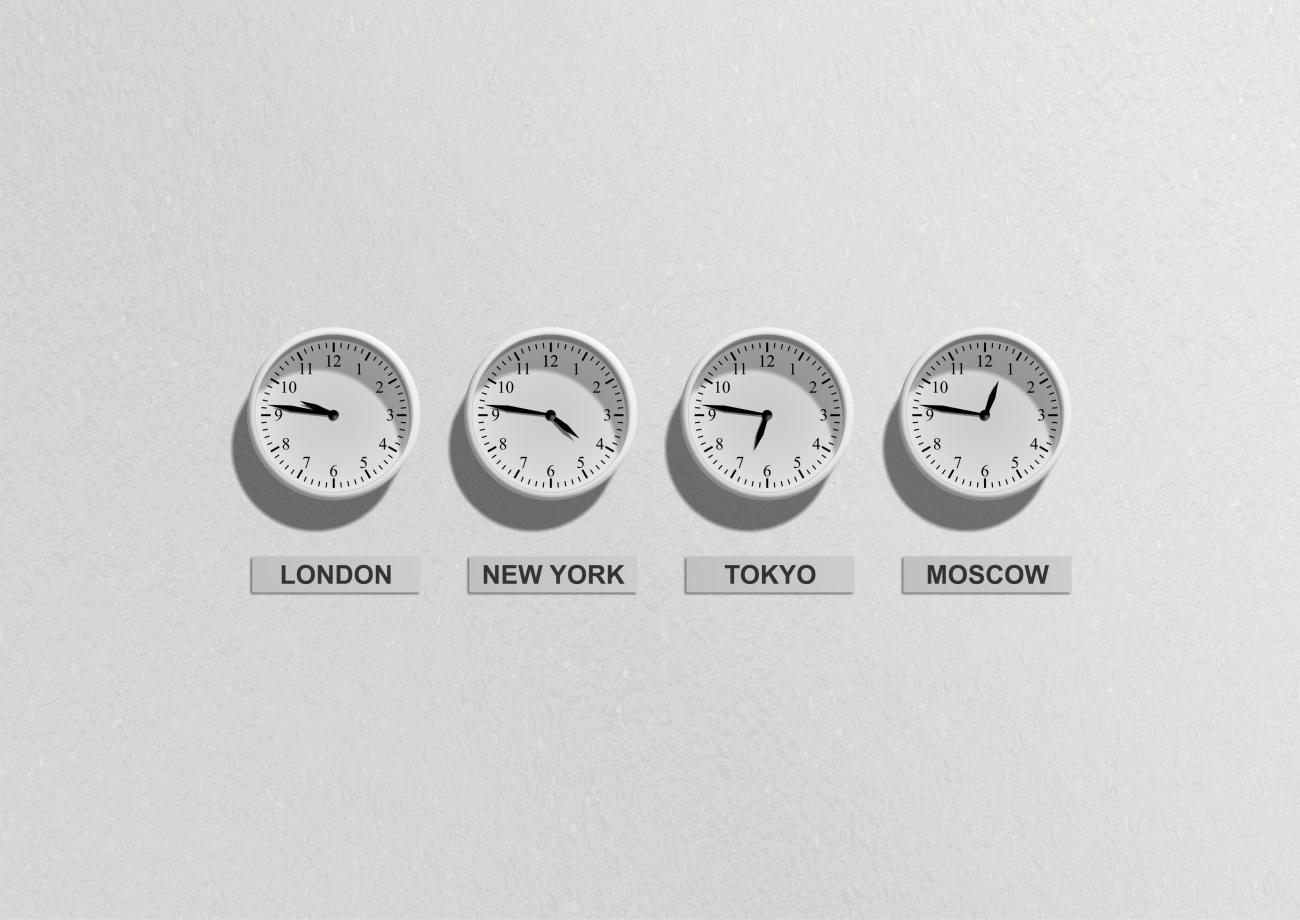The Shrinking World theory is a concept developed to help explain how technology and infrastructure
have transformed people’s lives. For the last 200 years, human history has been dominated by
innovations in transportation, communication and technology. As a result, we can now effortlessly
communicate with friends in real-time between London and Sydney, hop on a train under the English
Channel to Amsterdam and even transcend the upper limits of our atmosphere in landing scientific
probing rovers on Mars. Therefore, this lends itself to the idea of technology removing barriers to
traversing the world in an increasingly compressed amount of time and as a consequence creating
what is described as a shrinking world. Taking this into account, it is not surprising then that it was
Sir Stamford Fleming, a Scottish born pioneer in Canadian railways and trans-oceanic undersea
cables, that first mooted the idea of time zones. Comparable to the apple falling on Isaac Newton,
Fleming missed a train in Ireland and as a result, brewed over the challenges of scheduling train’s in a
world that still worked autonomously on natures clock. His answer was a standardized time system of
hour-wide time zones and resultingly, standard time came to fruition on the 1st of January 1885.
Globalization has meant that businesses have international supply chains, migration flows are
increasingly fluid and have meant capital springs from one market to the next. As such, a common
skill held in the arsenal of Forex speculators, diplomats in Whitehall and lorry drivers at Dover, is an
extensive knowledge of time zones. Having said this, the brilliant roundtable moderators at ABM
Alliance also know all too well about time zones, from moderating Australian bespoke roundtables in
the early hours of the morning in the UK and then faithfully moderating North American campaigns
in the evening. Consequently, time zones continue to play a prominent role in coordinating the world
economy and can become a central part of the working life of an individual. However, time zones are also about much more than just ordering people and economies into a navigable system of timekeeping. They are innately political and culturally significant. These two factors often trump reasonable logic and sound economic considerations. For instance, Mao Zedong merged the 5 times zones across China, establishing Beijing time as the standard time on the whole of China in 1949. In addition to China, India merged 3 time zones in 1947 to signify the unity of a newly independent India. This is problematic, as in both respective nations some regions can have as much as 4 hours difference in the time the sunrises and sets. All the while, the working day is the same for those regions with less daylight, ushering in lower productivity and lower standards of living for those unfortunate regions. California echoes similar rebukes to rising support for a common US time zone in the same way a worker in Arunachal Pradesh (N.E India) protests that they are in the same time zone as Gujarat (N.W India). It is estimated, that if India were to move to two time zones it would save 20 million KWH in energy consumption a year. Consequently, the time zone of a country has large implications on the health of people and the state of the economy. However, it would not be advisable to fragment timekeeping purely on solar time as it would make coordinating economic actors extremely difficult. Therefore, should we consider solar time or daylight savings more extensively over the convenience of having one country all in the same time zone?
To conclude, time zones are essential in organizing economic agents in the world economy and
allowing for innovations in transportation and technology to continue in its mission of shrinking time.
It is unthinkable to see us moving back to when the time was dominated purely by natural seasons,
but it is important to understand that the creation of standard time zones does have consequences
beyond the changing of a clock. Just as in Flemings day, technology will continue to shrink time, but
the question remains to what degree we should ignore the rising and falling of the sun.

